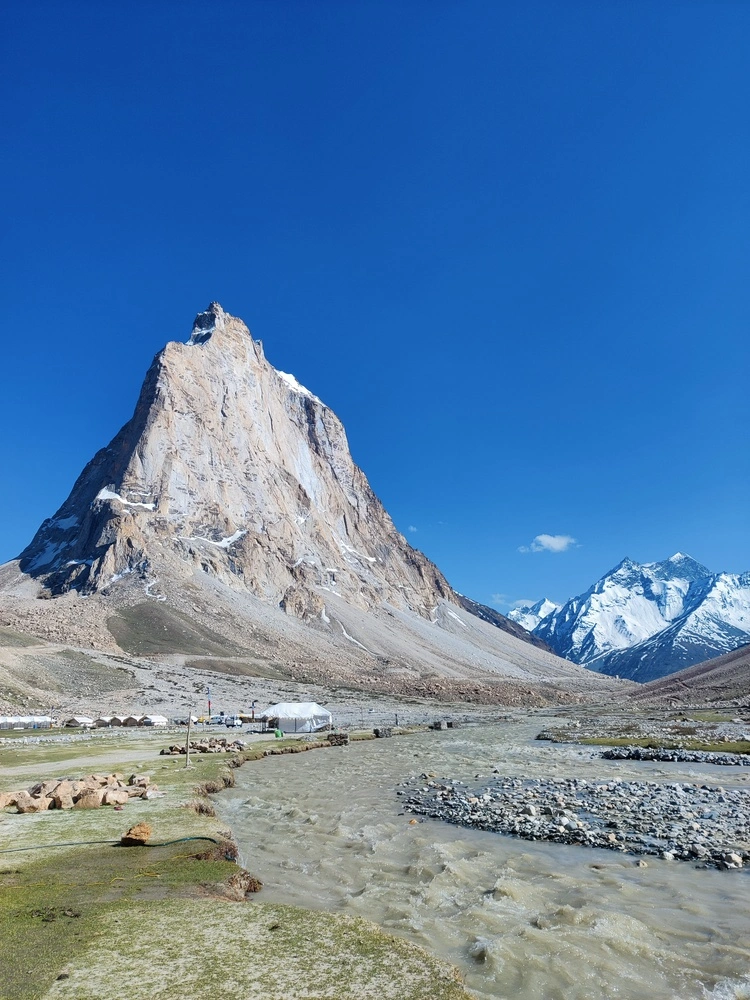Zanskar Valley – Have you ever heard of it? It’s wild like Ladakh, breathtaking like Spiti, and surprisingly it’s very close to Manali. Think about snow-capped peaks, ancient monasteries, crystal-clear rivers, and roads where you won’t spot a single tourist for hours. This is the kind of place where time slows down, and every turn feels like a postcard. If you’re craving raw mountains, deep silence, and an adventure far from the usual crowd — Zanskar valley is calling.
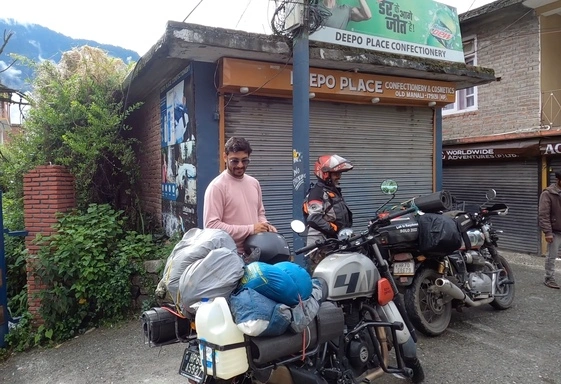
You know what’s the best part? Reaching Zanskar Valley from Manali has become way easier in the last few years. Thanks to the Border Roads Organisation (BRO), new roads connecting Manali to Zanskar via Shinku La pass have opened up a whole new route. What used to be a long, rugged journey through Kargil can now be done from Manali itself — and the views along the way are mind-blowing. Smooth black tarmac cutting through wild mountains, hanging bridges, and rivers so close you could touch them — it’s one of the most scenic drives in the Himalayas today.
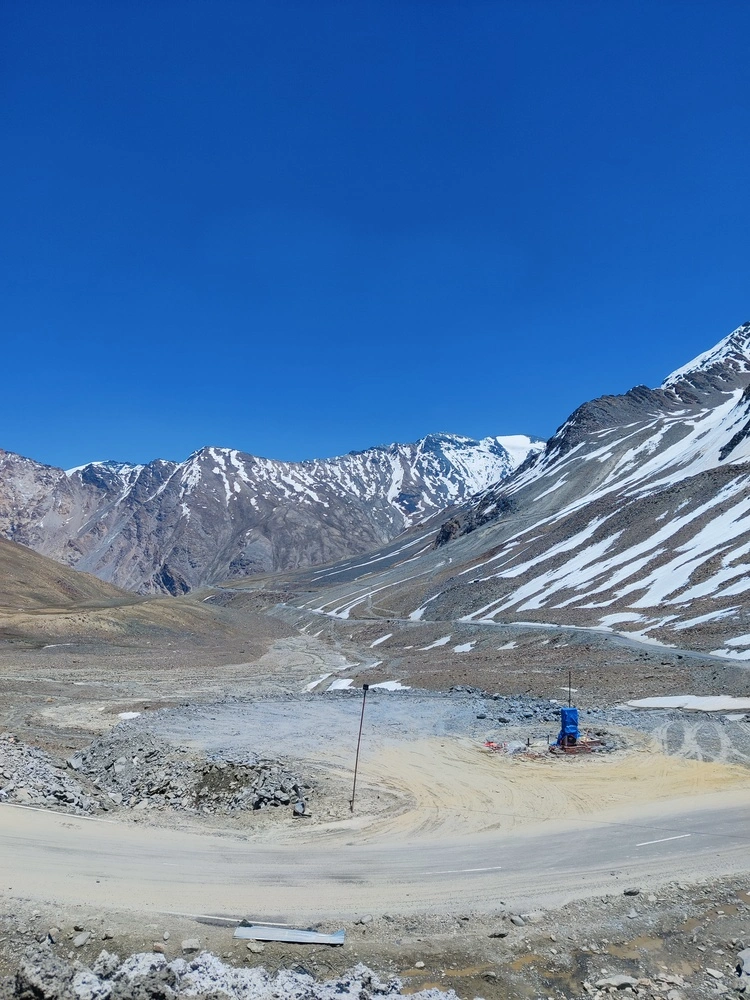
How to reach Zanskar Valley from Manali
Getting to Zanskar Valley from Manali is an adventure in itself. There’s no direct public transport yet, so don’t expect a smooth bus ride all the way. You can take an HRTC bus from Manali to Keylong, but beyond that, you’ll need to hitchhike, find a shared cab (rare), or hire a private taxi — which can be quite expensive. The most flexible and fun option? Rent a bike from Manali. A Royal Enfield Himalayan will cost you around ₹1200 per day, and the ride is absolutely worth it. You can plan the trip of 3-4 days from Manali.
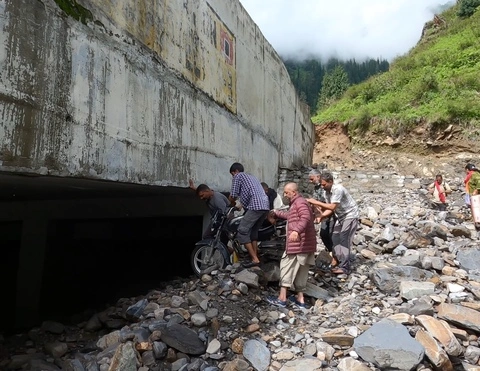
Difficulty level of riding on the roads
The ride to Zanskar Valley from Manali isn’t as difficult as it once was. In fact, thanks to the BRO, most of the route feels like a highway cutting through the mountains. The roads are wide, well-paved, and offer some of the smoothest riding experiences in the high Himalayas. You’ll find the occasional rough patch — maybe 1 to 2 km in remote stretches — but nothing a decent rider can’t handle. That said, riding during snow season is risky. Black ice on the roads can be dangerous, and the weather can turn quickly. If you’re planning to go on a bike, the best time is June to September — when the passes are open and the skies are clear.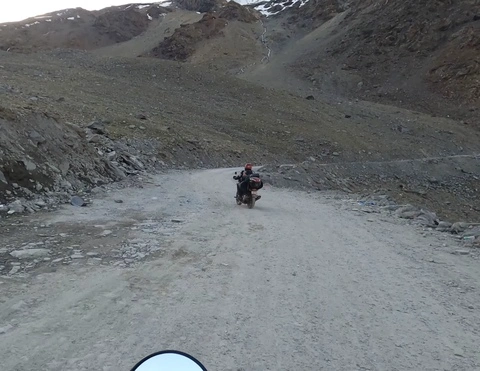
My journey to Zanskar Valley from Manali
It was a rainy morning in Manali. Everything looked fresh and green, and clouds were floating low in the valley. I was with my wife and a friend, and we waited for the rain to slow down before starting. We rented a Himalayan Scram for Rs 1200 per night, packed our bags, and by 8 AM, we hit the road with a full petrol tank and one extra can. The ride felt magical — cool air, green mountains, and clouds all around us.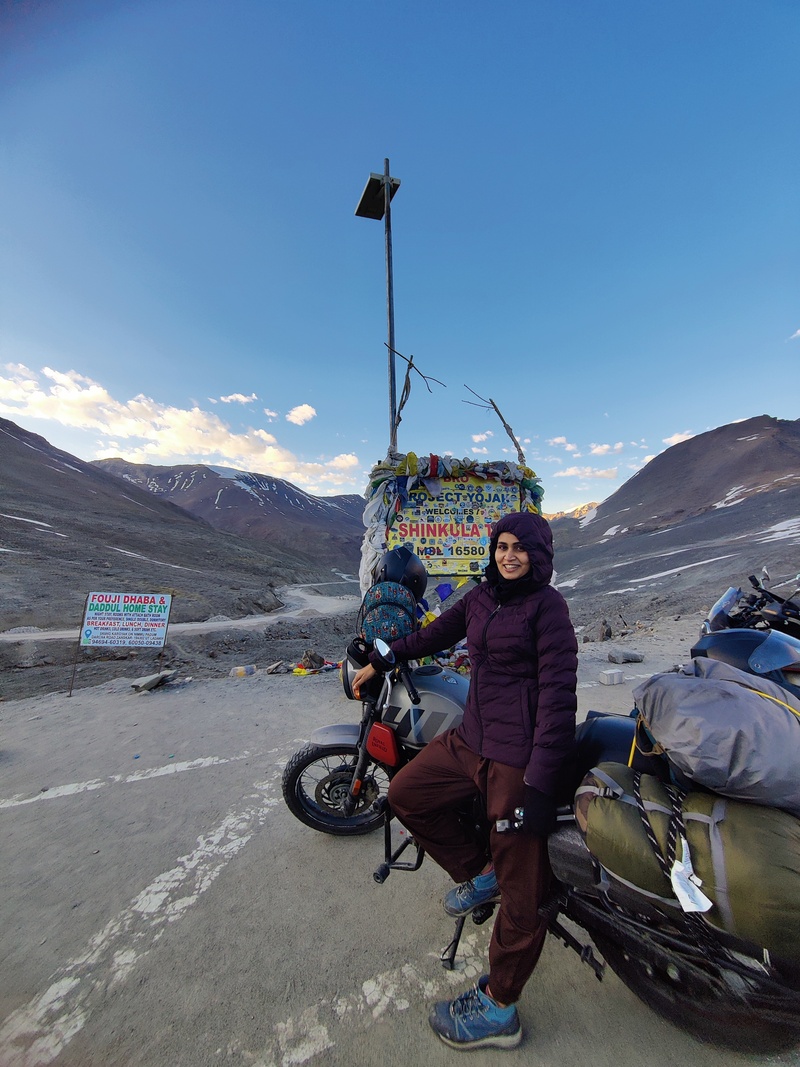
The ride was going great. We crossed Solang Valley, and the views kept getting better with every turn. But just before the Atal Tunnel, near a snow shelter, we got stuck due to a landslide. Big machines were clearing the road, but it took almost 6 hours. It was an unexpected stop, but a part of the mountain journey we’ll never forget.
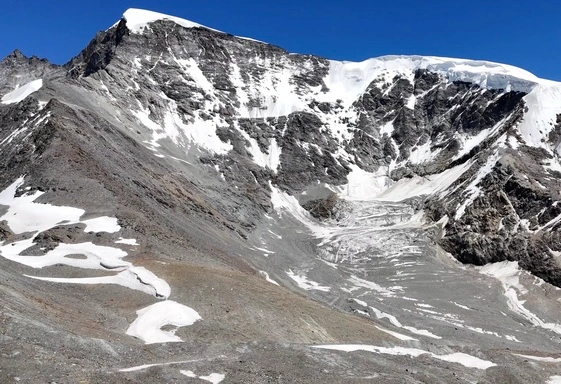
By 3 PM, the road finally opened. We crossed the Atal Tunnel, which is 9.02 km long, and suddenly the weather changed — it was bright and sunny on the other side. We reached Sissu by 4 PM, had a quick lunch, and continued riding. We crossed Keylong, Jispa, and the Darcha bridge — the longest one in Himachal. By around 6 PM, we reached the Darcha check post.
Shinku La was still 50 km away, and Gumbok Rangan was around 80 km. We knew we had daylight till about 8 PM, so we took a small risk and decided to push ahead. The ride was cold but beautiful. Around 7 PM, we reached Shinku La Pass — and we were completely alone at the top. It felt magical. We took some photos, soaked in the views, and luckily, there was no black ice on the road.
By 8 PM, we reached Gumbok Rangan. It was cold, but there was still some light left in the sky. As I looked at the giant mountains around me, I couldn’t hold back my emotions — this was a dream I had waited for so long, and now I was finally here. We decided to pitch our tents and soak in the moment.
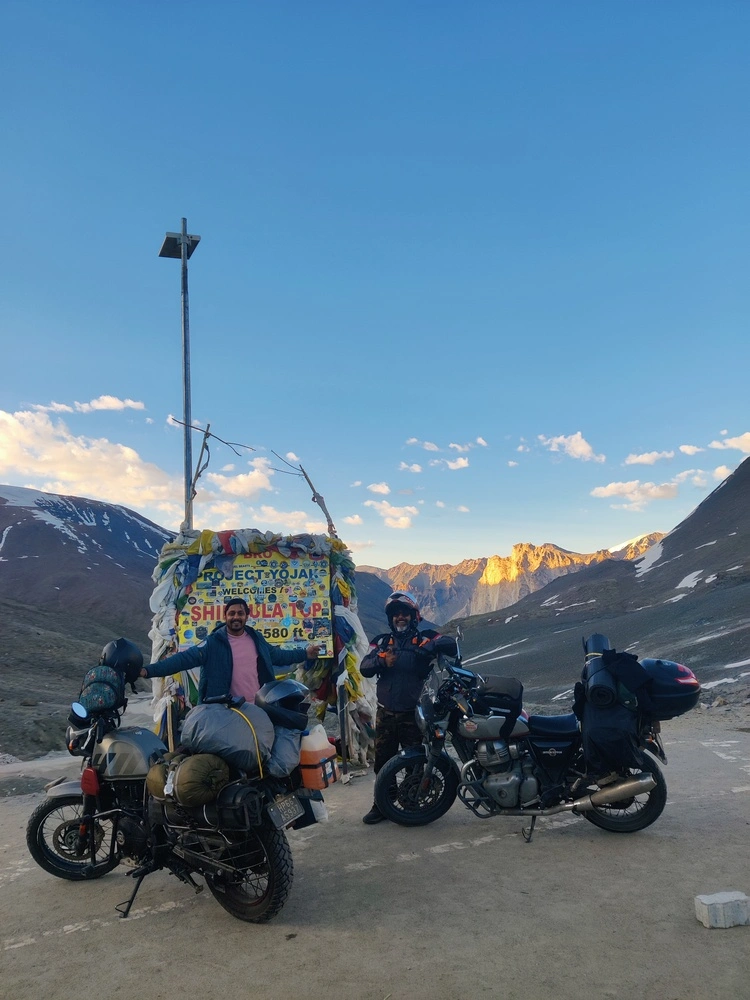
We had a simple dinner at one of the nearby campsites. The night sky was something else — full of stars, and the Milky Way was clearly visible without any camera. We clicked a few photos, but nothing could match what our eyes saw. It was freezing and windy, and we started to feel a bit of AMS, since Gumbok Rangan base is at a high altitude of 4500 metre, but the joy of reaching made everything worth it.
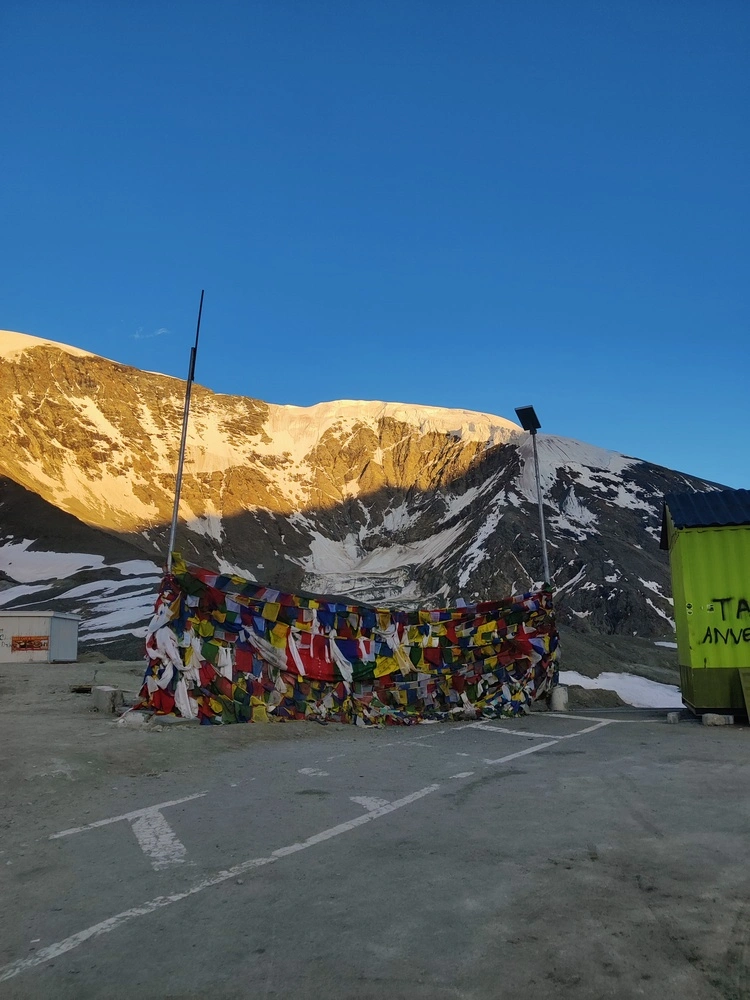
Network connectivity at Gumbok Rangan- Zankar Valley
If you’re planning this trip, be prepared for no mobile network after Darcha. Until Darcha, you may get some patchy signal depending on your provider, but once you cross the checkpost, it’s a complete digital blackout. No calls, no internet — just you and the mountains. It’s best to inform your family and friends before the journey and download offline maps or save important info in advance.
Also, the process of network installation and solar panels for electricity is going on. Honestly, being disconnected like that adds to the charm — you truly get to enjoy the silence and beauty of Zanskar.
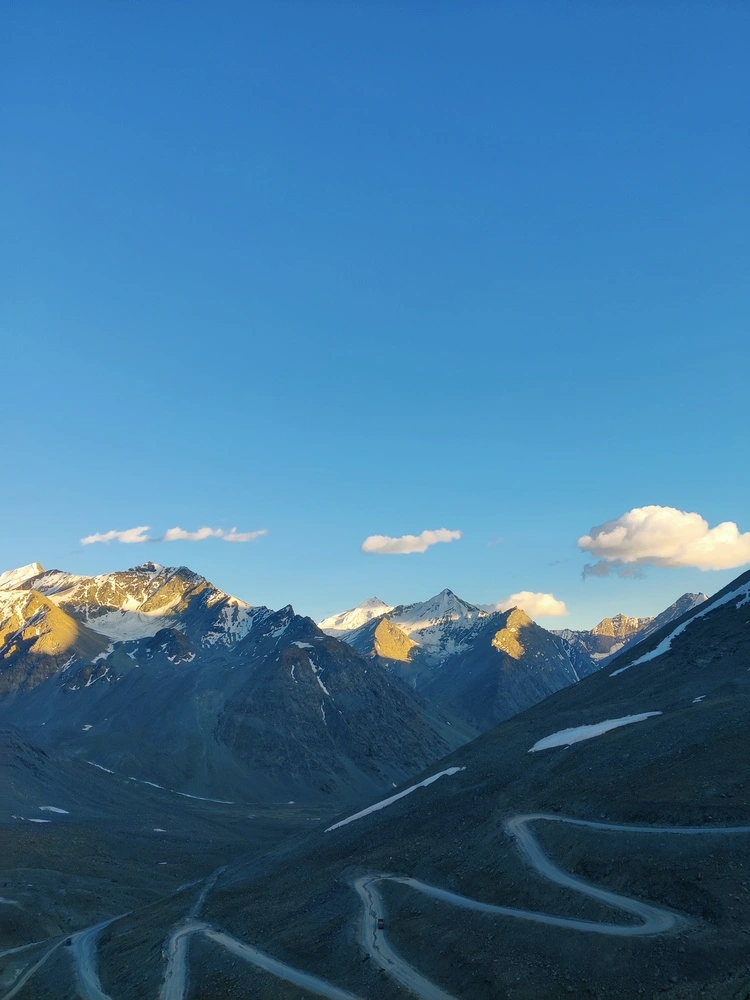
Best Time to visit Gumbok Rangan – Zanskar Valley
The best time to visit Zanskar Valley from Manali is from June to September. During these months, the roads from Manali via Shinku La Pass are open and the weather is pleasant. The mountains are green, the skies are mostly clear, and riding or driving is smooth. Avoid visiting in winter unless you’re an experienced trekker, as the region gets heavy snowfall and temperatures drop way below zero. For a bike trip or road journey, July and August are ideal — just keep an eye on weather updates as rain can sometimes cause landslides.
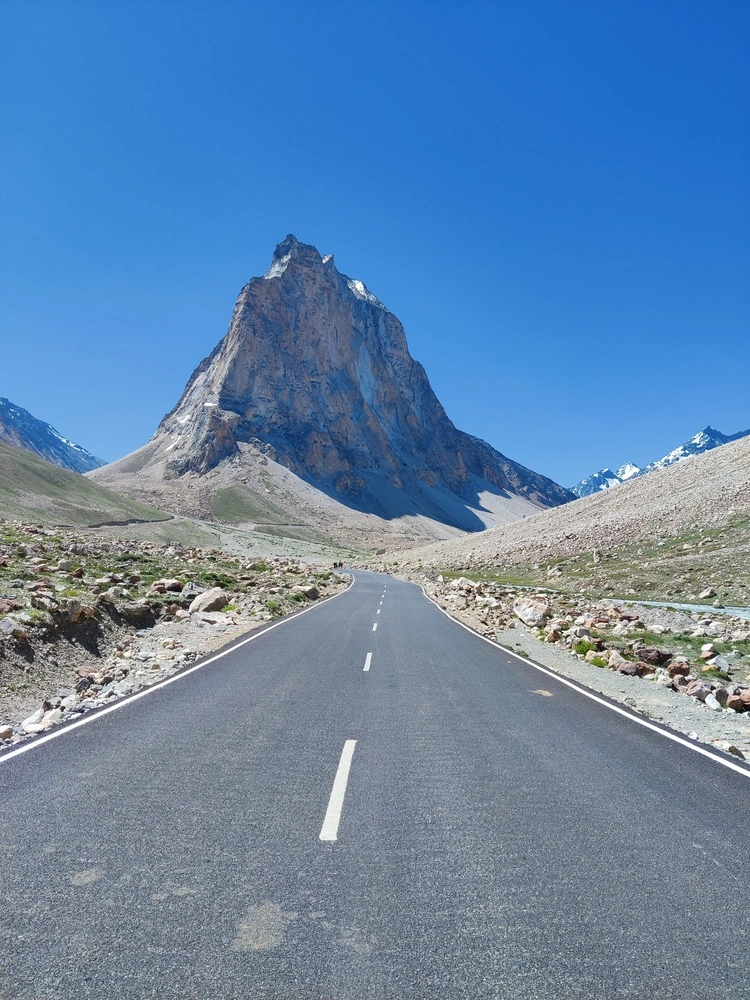
Stay and food options at Gumbok Rangan – Zanskar Valley
If you’re running late or want to take it easy, you can camp at Jispa or stay in a simple homestay at Darcha — both are good places to rest with basic food and shelter. But once you cross Darcha, the next stay option is only at Gonbo, which is quite remote and peaceful. At Gonbo, there are a few seasonal campsites run by locals. They usually charge around ₹1500 per person, which includes a swiss tent, dinner, and breakfast. The stay is basic — with beds and toilets — but the views and silence make it special. You can also pitch your own tent here for a nominal charge as of now, just make sure to choose a safe, flat spot. There’s no network, no electricity, but the sky full of stars and the calm around you make it a perfect place to pause and breathe.
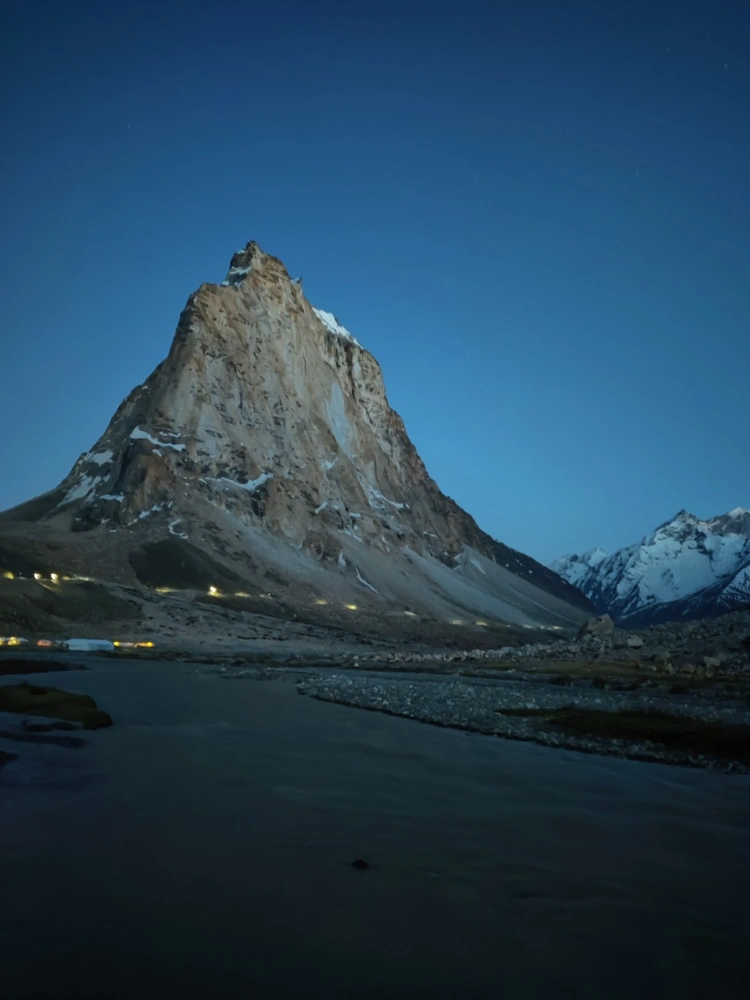
The next morning, after a chilly but unforgettable night at Gonbo, we packed up and continued our journey — this time towards the famous Phuktal Monastery, one of the most remote and stunning monasteries in the world. But that story deserves its own space.
Right now there and many patches where you can enjoy the offroading bike expereince but with BRO working on the road connectivity, the status will change very soon.
So stay tuned for the next Zanskar valley blog— because if you thought this ride was wild, what came next was pure magic, hanging on the edge of cliffs and time.
Zanskar had just begun to show its true face.

